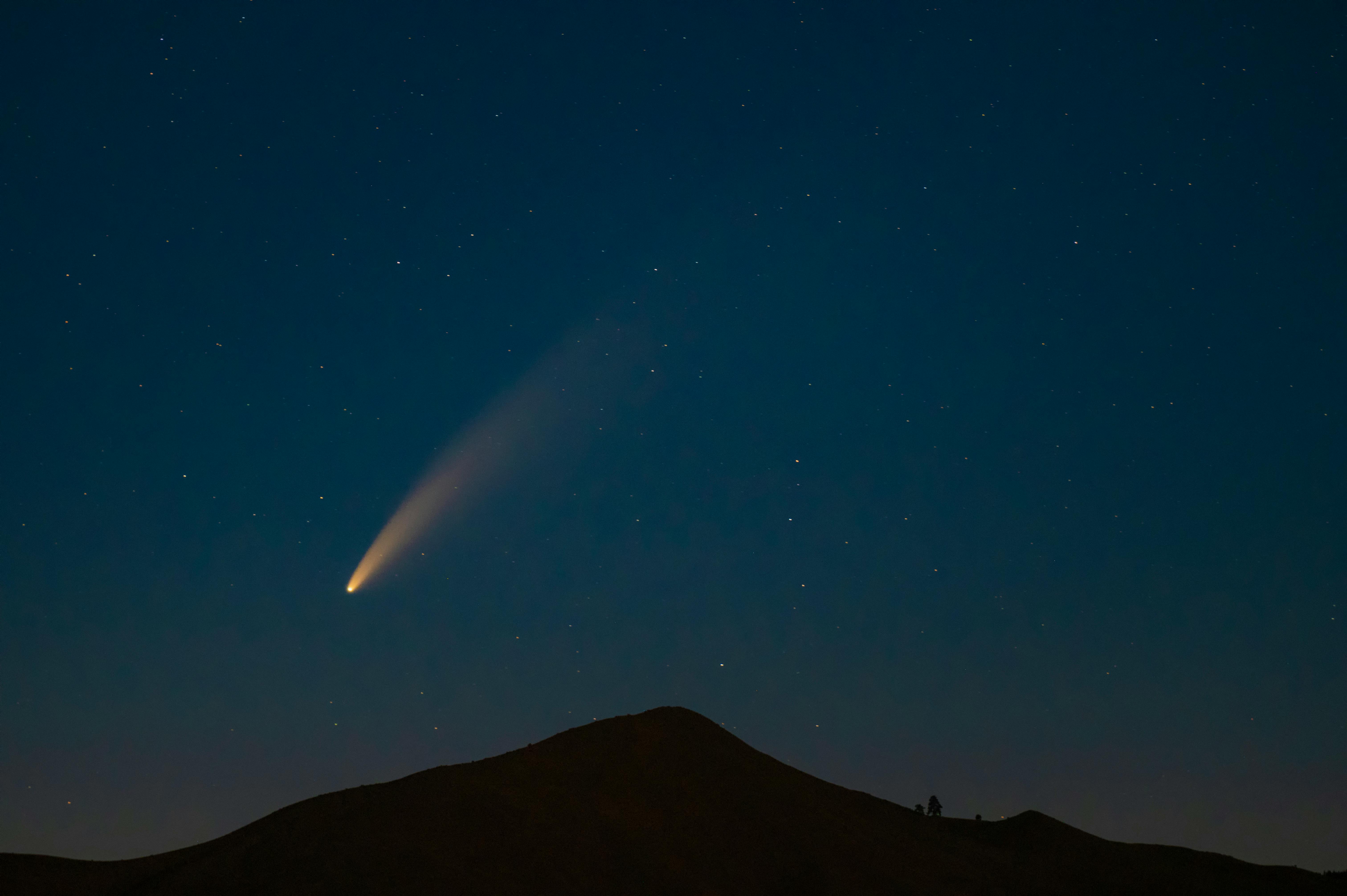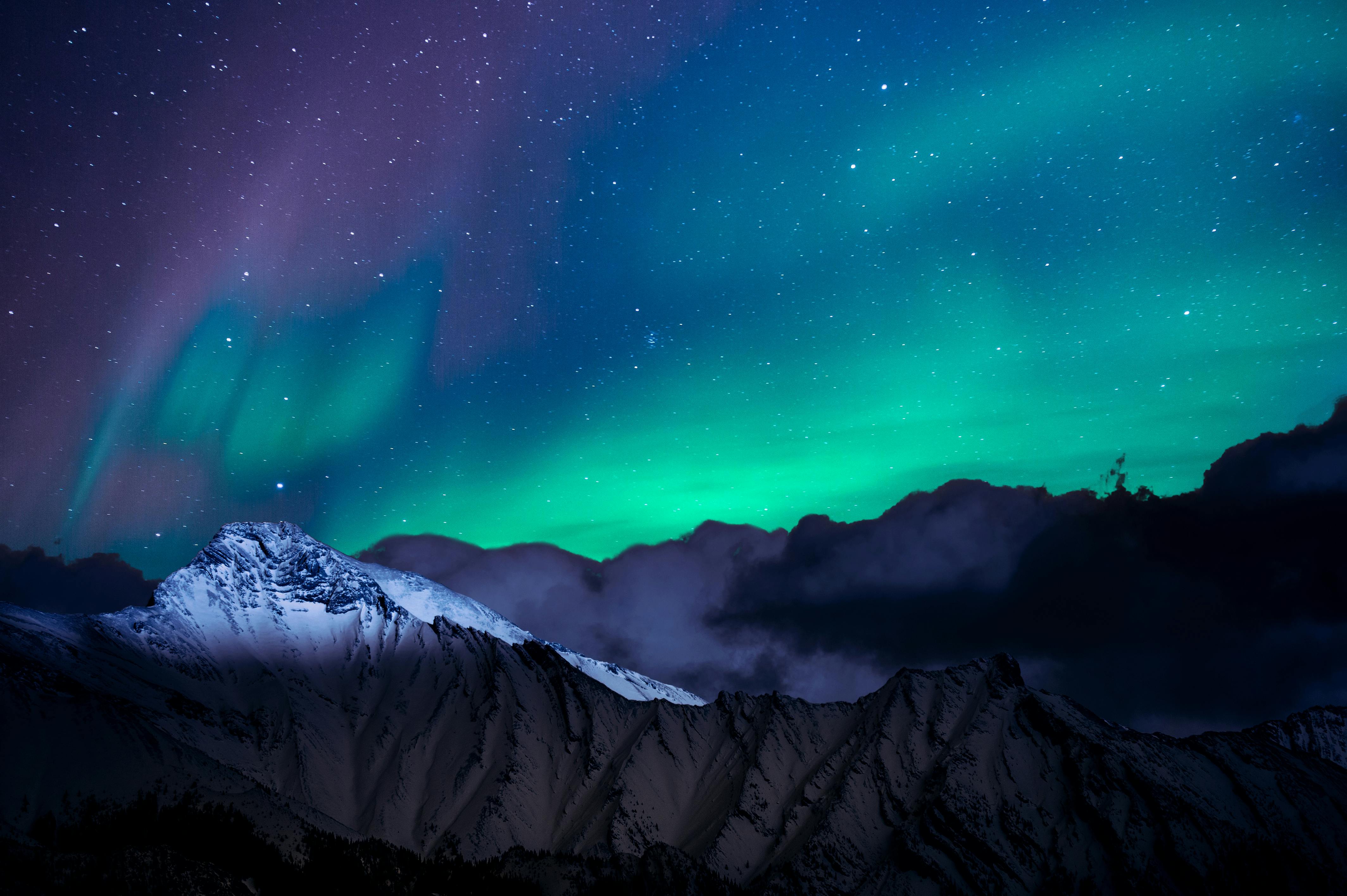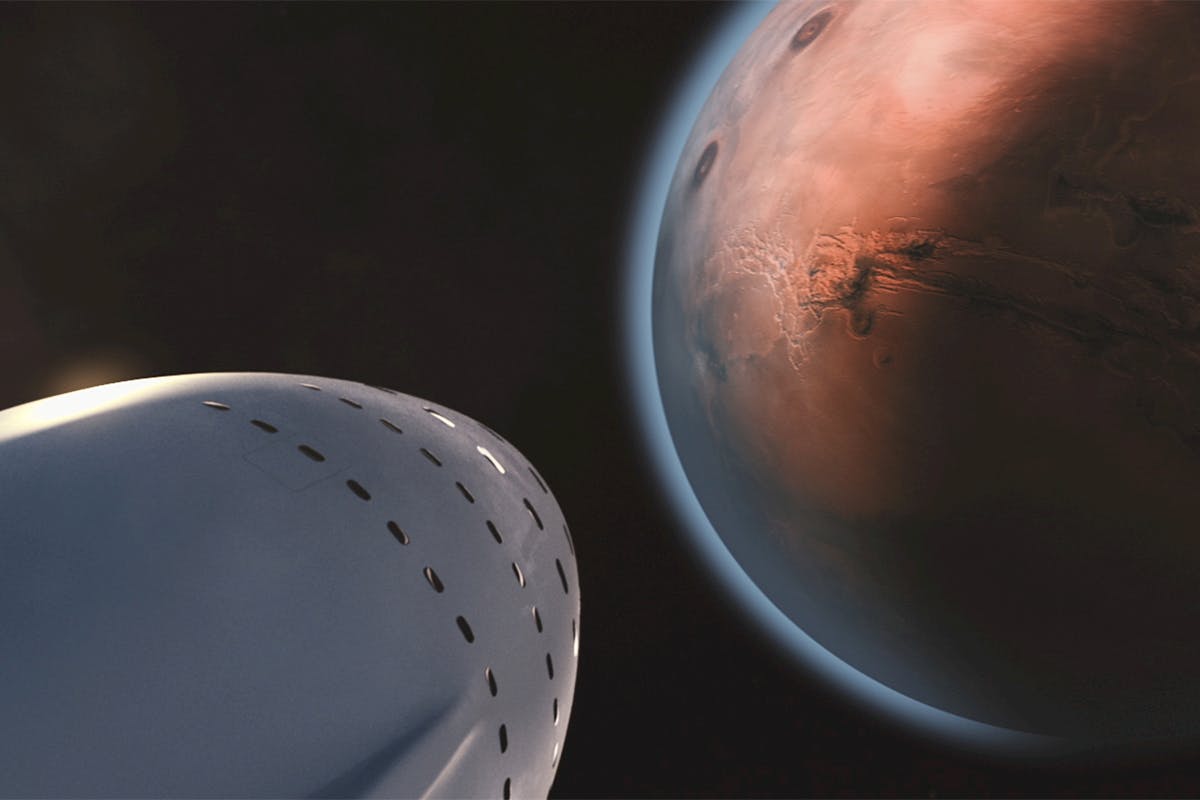Unlocking the Cosmos with the Vera Rubin Observatory
The Vera C. Rubin Observatory, perched high in the Chilean Andes, is poised to revolutionize astronomy through its Legacy Survey of Space and Time (LSST). With the largest digital camera ever built for ground-based astronomy (3.2 gigapixels), and a unique wide-field design, it will scan the entire visible southern sky every 3–4 nights for a decade.
This unprecedented observation campaign will generate over 20 terabytes of data per night, culminating in more than 60 petabytes of imaging and object catalogs. The scope and cadence of LSST make it uniquely suited for studying:
- The structure and growth of the universe (via dark matter and dark energy)
- Dynamic objects like asteroids and comets
- Transient phenomena like supernovae, kilonovae, and gravitational lensing events
- The formation and evolution of galaxies and cosmic structures
How LSST Works: A Technical Primer
The Optical System and Camera
At the heart of the Rubin Observatory is the Simonyi Survey Telescope, a novel three-mirror system that gives the LSST an exceptionally wide field of view—9.6 square degrees per exposure. Its massive CCD camera captures detailed multi-band images across six photometric filters: u, g, r, i, z, and y, covering wavelengths from ultraviolet to near-infrared.
Each image will undergo rapid processing through the Data Management system, which includes:
- Instrument Signature Removal (ISR): Bias correction, flat-fielding, and artifact removal.
- Astrometric and Photometric Calibration: Aligning object positions and brightness against standard catalogs.
- Image Differencing Pipelines: Subtracting prior images to isolate variable or moving objects.
Accessing LSST Data
1. Public Data Releases
Rubin will provide two types of access to its data:
- Prompt Products: Delivered within 60 seconds of each observation, these include alerts on transients, moving objects, and variable sources. The alert stream will exceed 10 million events per night.
- Data Releases (DRs): Issued annually, DRs will include co-added images, object catalogs, and value-added products like proper motion estimates and photometric redshifts.
2. Rubin Science Platform (RSP)
The RSP is a cloud-native, JupyterLab-powered environment designed for scalable, interactive analysis. It includes:
- Notebook Aspect: Use pre-configured Jupyter notebooks to query catalogs, plot light curves, and run simulations using Python libraries like
Astropy,Pandas, andMatplotlib. - Portal Aspect: A graphical interface for browsing images, filtering catalogs, and interacting with large datasets without needing code.
- API Aspect: Programmatic access using TAP (Table Access Protocol), DALI, and custom LSST RESTful APIs.
Users can authenticate using OAuth2, enabling personalized, secure sessions that scale to terabyte-scale workloads via Kubernetes and Dask clusters.
3. LSST Software Stack (rubin stack)
Developers and researchers can install the LSST Science Pipelines locally or run them via containers. Key features include:
afw: Astronomy Framework for image and catalog manipulationbutler: Abstracts data access and handles dataset orchestrationobs_base: Metadata and camera geometry support for different instrumentsdaf_butler: Data access framework for linking queries to actual data products
These tools enable everything from bulk data ingestion to time-series object tracking and forced photometry.
Tips for Citizen Scientists
🔭 Hunt for Cosmic Anomalies
LSST’s high-cadence alert stream will reveal millions of transient and variable events. Use the Antares alert broker or the Fritz platform to triage alerts and subscribe to object classes of interest.
🌀 Map the Cosmic Web
Use public data releases to plot the large-scale structure of the universe. With tools like TOPCAT or custom SQL queries, citizen scientists can probe the filamentary structure of galaxies, helping test cosmological simulations.
🌍 Join the Community
Collaborate through projects like:
- Zooniverse’s LSST Pathfinder
- Rubin’s own Community Forum: community.lsst.org
- GitHub repositories under lsst/
Example: Finding a New Variable Star
- Use the alert stream or a light curve broker to identify an object with unusual brightness fluctuations.
- Query the object’s history using the RSP or APIs.
- Cross-match with external catalogs like Gaia or Pan-STARRS to check for previous observations.
- Use period-finding algorithms (e.g. Lomb-Scargle) in a Jupyter notebook to model variability.
- Report candidate findings to LSST science collaborations or community platforms.
Conclusion
The Rubin Observatory isn’t just a telescope—it’s a global platform for discovery. From real-time event streams to open APIs and scalable notebooks, the tools of big-data astronomy are now available to anyone with curiosity and an internet connection.
The LSST is a once-in-a-generation opportunity to help decode the mysteries of the cosmos. Whether you’re searching for rogue planets, gravitational lenses, or the fingerprints of dark energy, there’s a place for you in the Rubin science ecosystem.
“Every pixel a question. Every dataset a new frontier.”
— HybridSec
Share this article

yankee0one
Decade of experience watching PBS Space Time on youtube.
Related Articles

3I/ATLAS (C/2025 N1): Living Evidence Log & Analytic Brief
A research-grade, continuously maintained account of the interstellar object 3I/ATLAS (C/2025 N1), synthesizing multi-wavelength observations, quantitative findings, and near-term priorities around perihelion.
Read more
Reconstructing UFO Sightings with Sora and Generative AI
Using AI to recreate UFO sightings from witness reports
Read more
Mars in 2025: Countdown to Humanity’s First Step
The year 2025 marks a turning point in Mars exploration, with key technology tests, mission planning milestones, and international collaboration paving the way for human arrival in the 2030s.
Read more